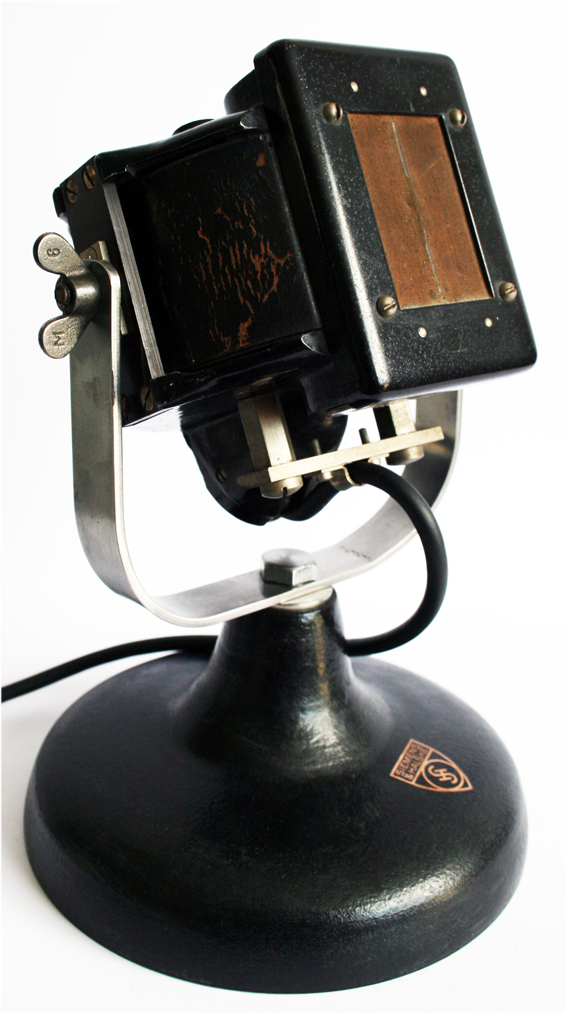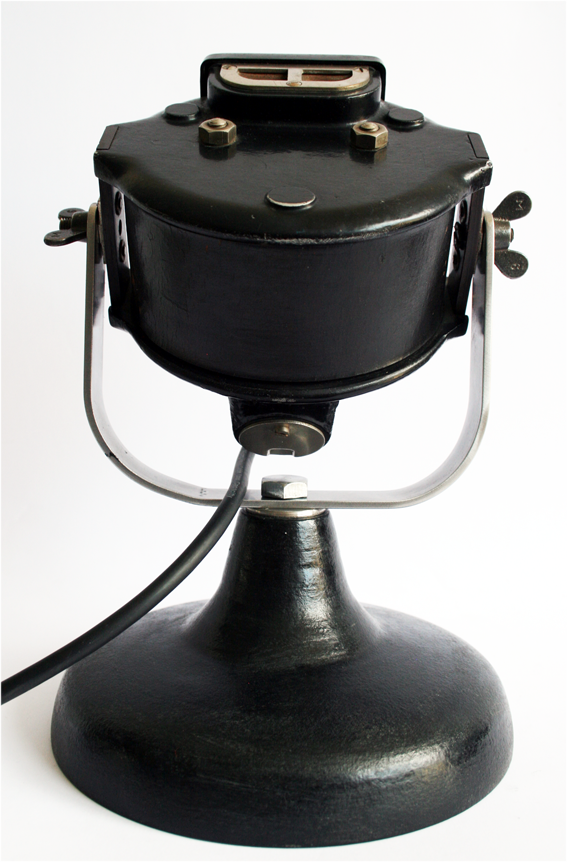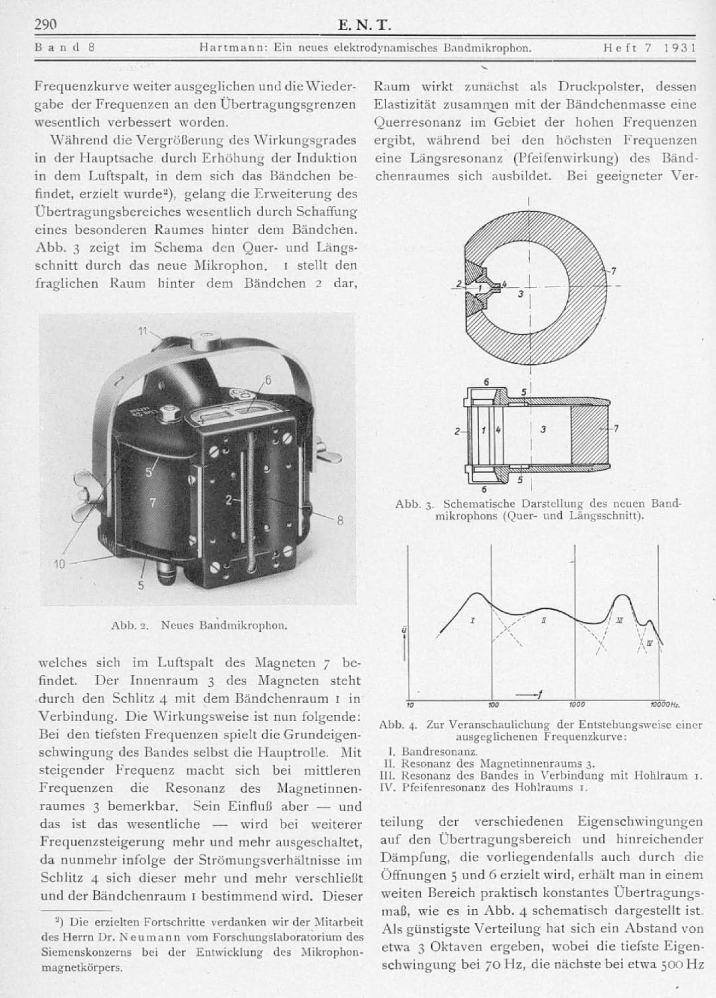|
I am definitely not the first to write about this remarkable microphone, but it deserves all the attention it can get: it is one of the most important microphone designs in history en the very first with a directive pattern.
The Siemens & Halske ELM 25, from 1929, was the first series-produced ribbon microphone. The design was a great improvement over the earlier ribbon microphones from Siemens & Halske, which had been released in 1924: the bi-directional Grosses Bandmikrofon Rel.mph.1a ('Great ribbon microphone', with electro magnets) and the Kleines Bandmikrofon Rel.mph 2a ('Small ribbon microphone', with permanent magnets).
The 'Grosses' were in use on early German radio broadcasts, in the summer of 1924, but because of their impractical size, also due to the large preamplifier on which they were mounted, they were replaced by the Reisz carbon microphones.
After in-depth research, it was possible to evenly register the frequency range up to 10 kilohertz by means of sophisticated damping in the space between the ribbon and the large horse-shoe magnet behind it.
This damping also made the backside of the ribbon inaccessible for direct sound, so instead of bi-directional, it had a directional recording pattern.
This made it a very useful microphone, without the coal noise that affected the sound of the carbon microphones and without the vulnerability of the condenser microphones.
The design looks inspired by the Bauhaus philosophy, in which form follows function; one could even consider it to be 'a machine for recording sound'. The casing is stylishly lined with black leather.
The ELM 25 was advertised as a 'portable microphone' ( weight 3,9 Kilo's!) and could be used up to two hundred meters from the amplifier via a long cable.
The microphone was extremely reliable, and the engineers at Siemens & Halske had a clever solution for replacing the most fragile part : the ribbon, this was mounted in a separate frame that could be removed in its entirety to quickly be replaced by another. In the fifties, in England, Reslo would build on this system .
In the United States, RCA had been interested in the ribbon microphones as early as 1925, but S&H had so far refused to supply them to that company or others in radio and film industry because they did not deliver the expected quality.
The new model did find its way to the USA, although it is certainly possible that the earlier types also ended up there and thus could inspire RCA's designer Harry Olson in his later designs of ribbon microphones (those RCAs would define the sound of the United States in the thirties and forties).
The directional ribbon microphone was particularly suitable for film; with the correct setup, the chatter of the film cameras was not recorded.
With an extra mesh strapped on, the ELM 25 was even usable outdoors.
it was also installed in the German parliament, among other places, but it lost the battle in the league with Neumann's condenser microphones, which became the standard in German radio studios.
Between 1929 and 1939 the design remained the same, but the name did change a lot; it was sold as Siemens & Halske ELM 25, Siemens KVM 3, Telefunken ELA M 25 and Telefunken ELA M 201/1.
Production probably ended around 1944. Today these microphones are very scarce and fetch incredible high prices. I was very lucky to be able to get one from another Dutch collector for a reasonable price.
Many more types feature in my book Witnesses of Words.. More information about that can be found at www.witnessesofwords.com
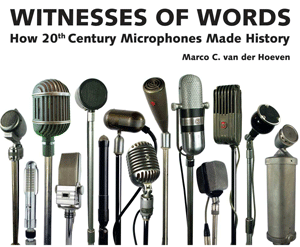
|
|
|
|
|
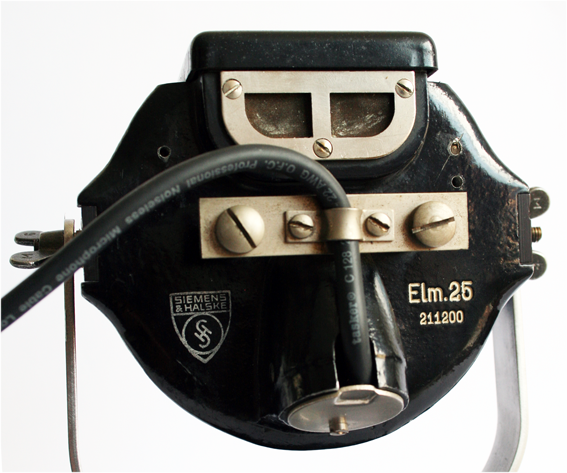
|
|
|
Top: the S&H ELM 25 on its table stand
Middle: the rounded backside and bottom, both with air vents
Below: front, Siemens brochure(1935), Publication:'A new electro dynamic ribbon microphone'(9p.1931) & Telefunken sales sheet(1939)
|
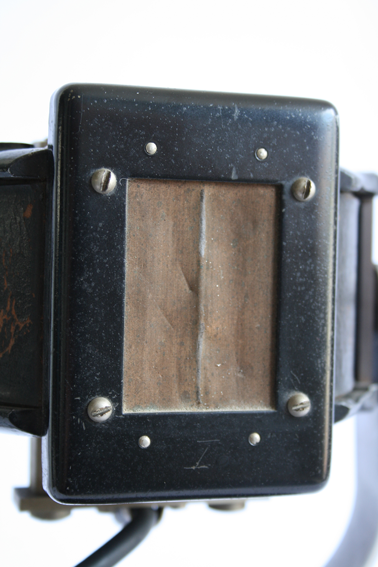
|
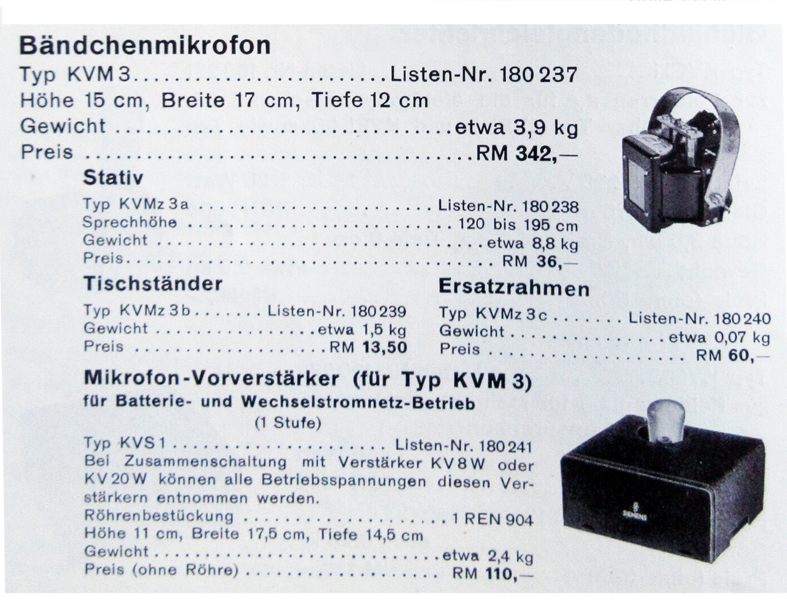 |
|
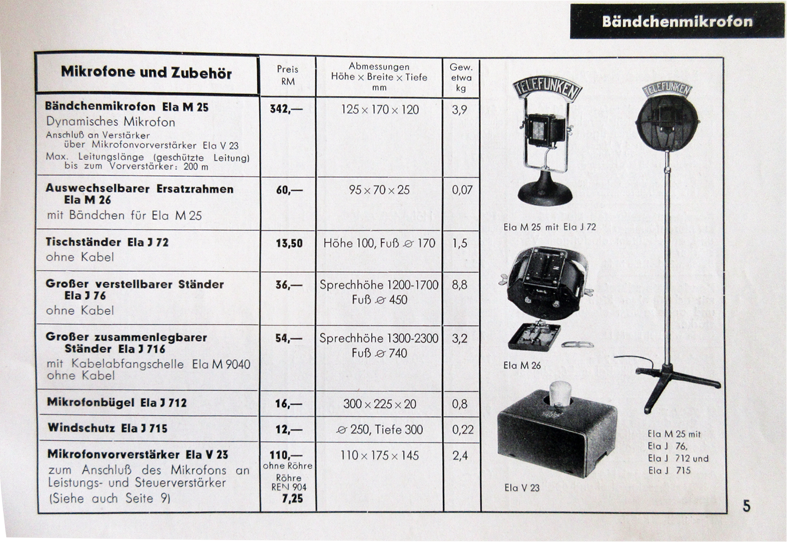 |
|


 Video's
Video's Contact
Contact


